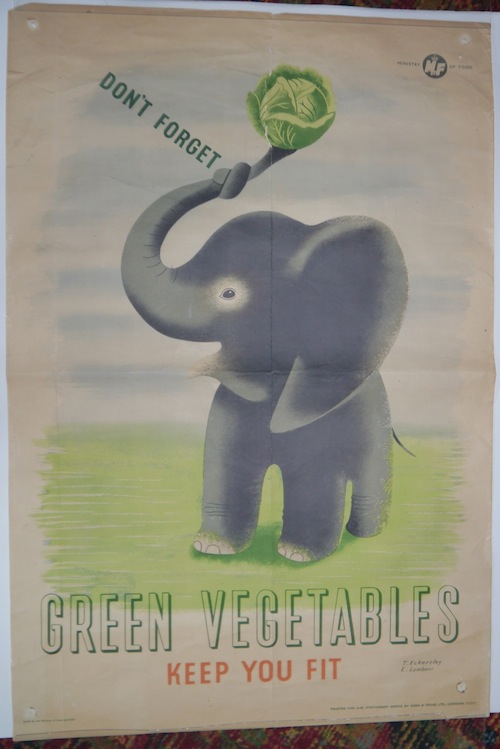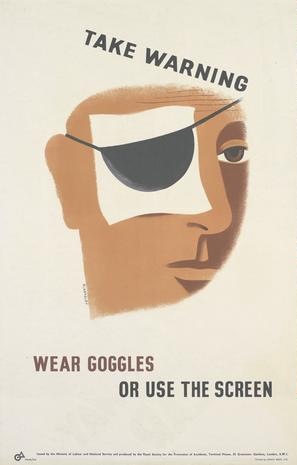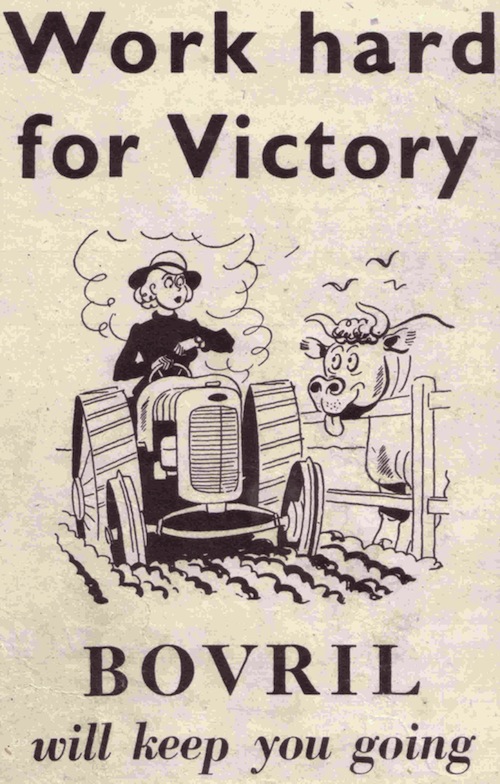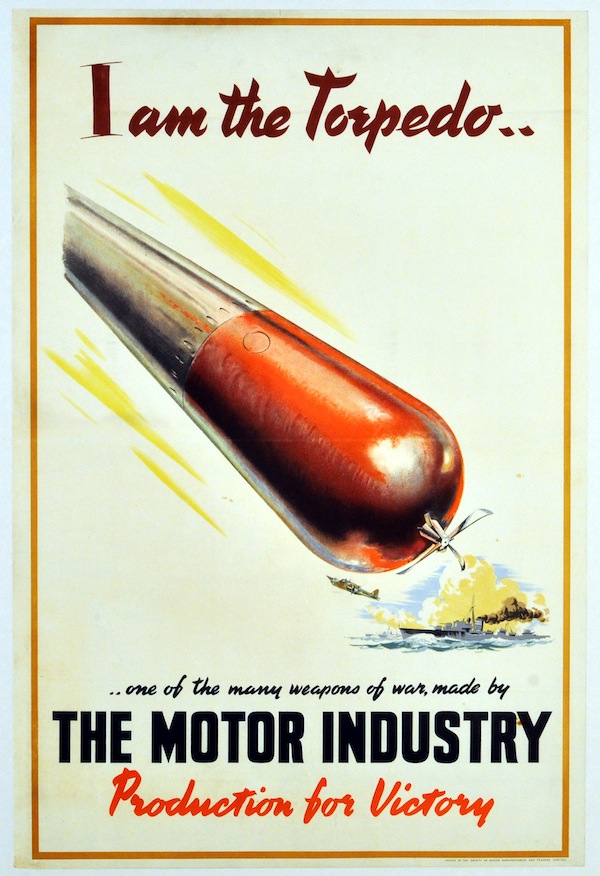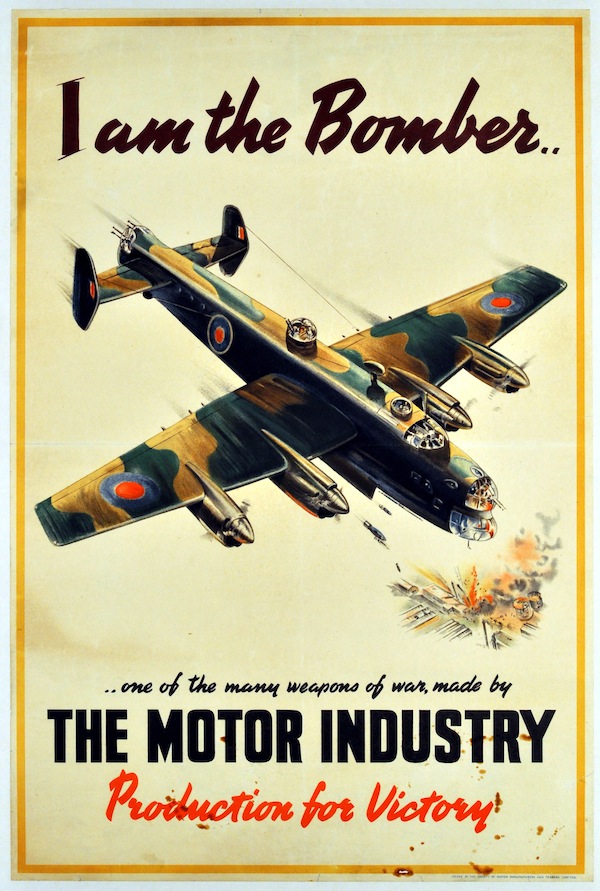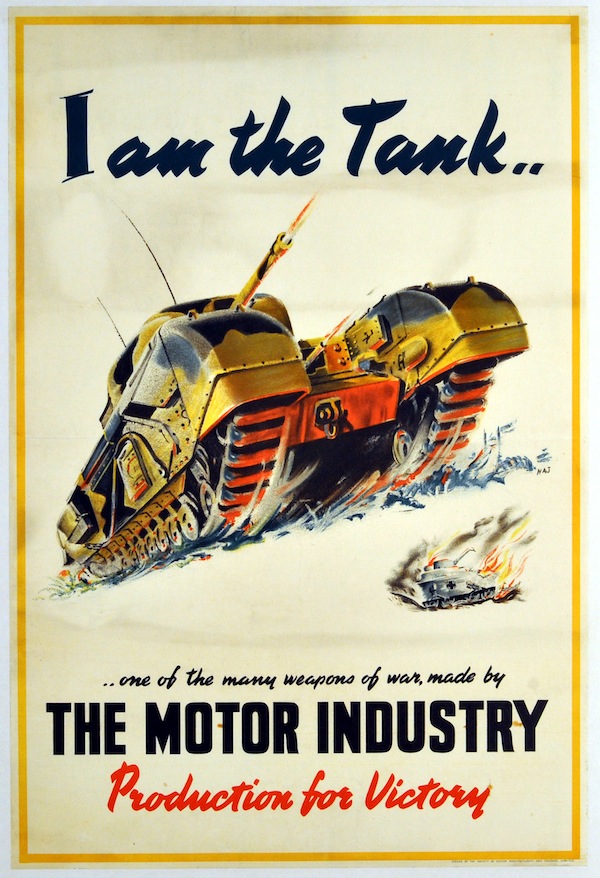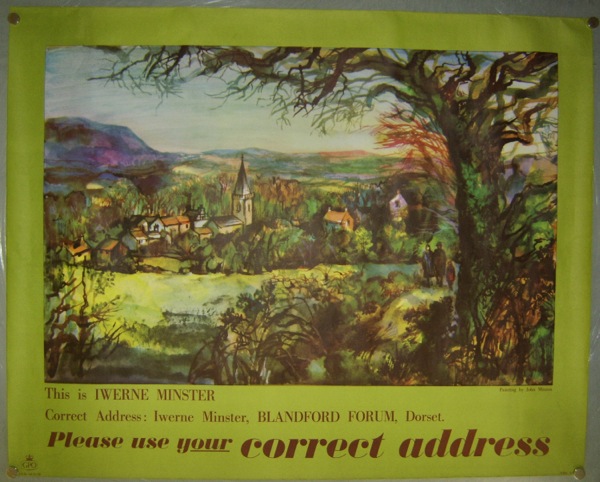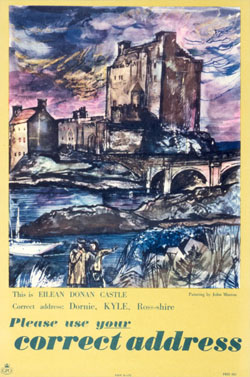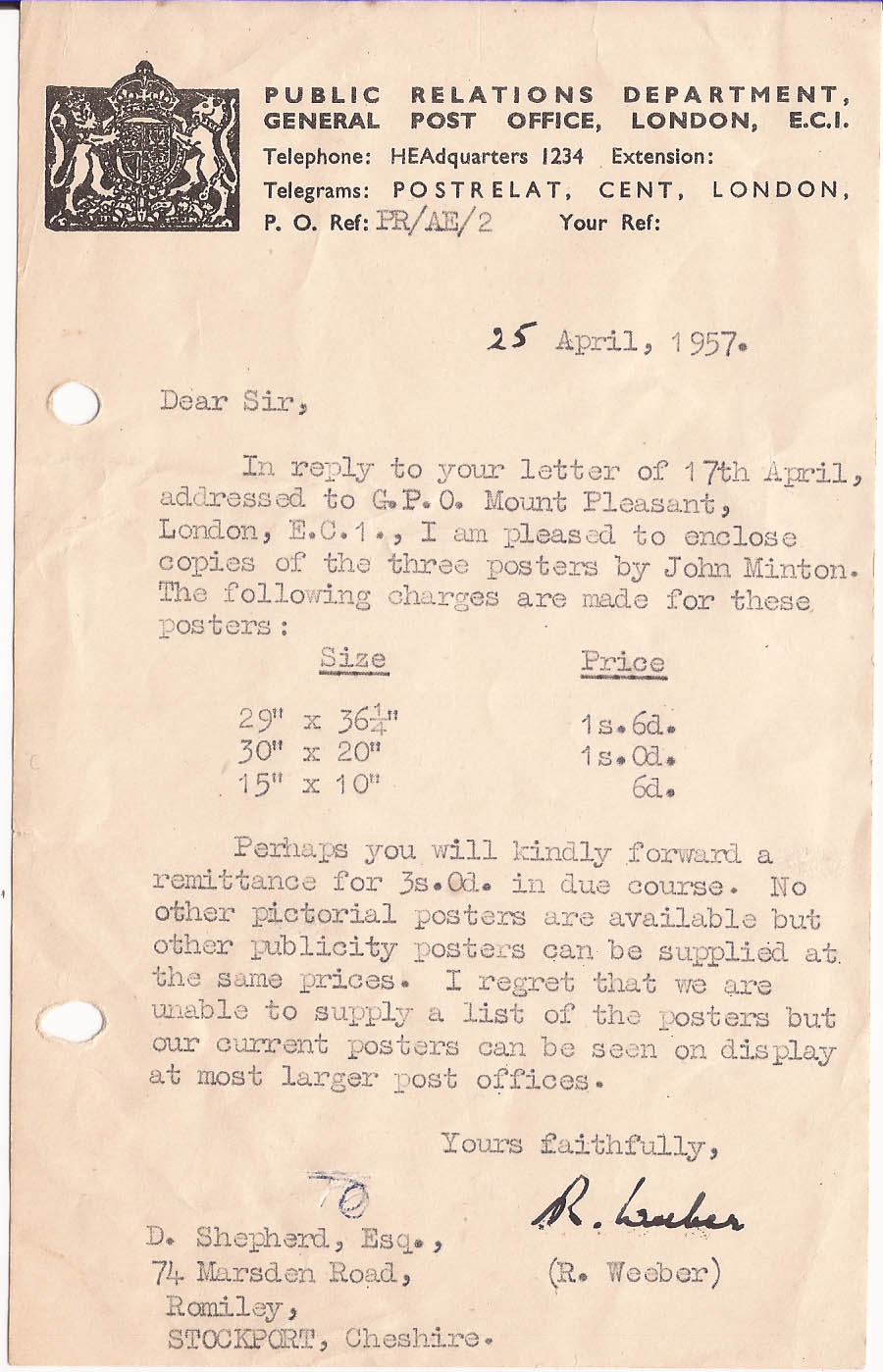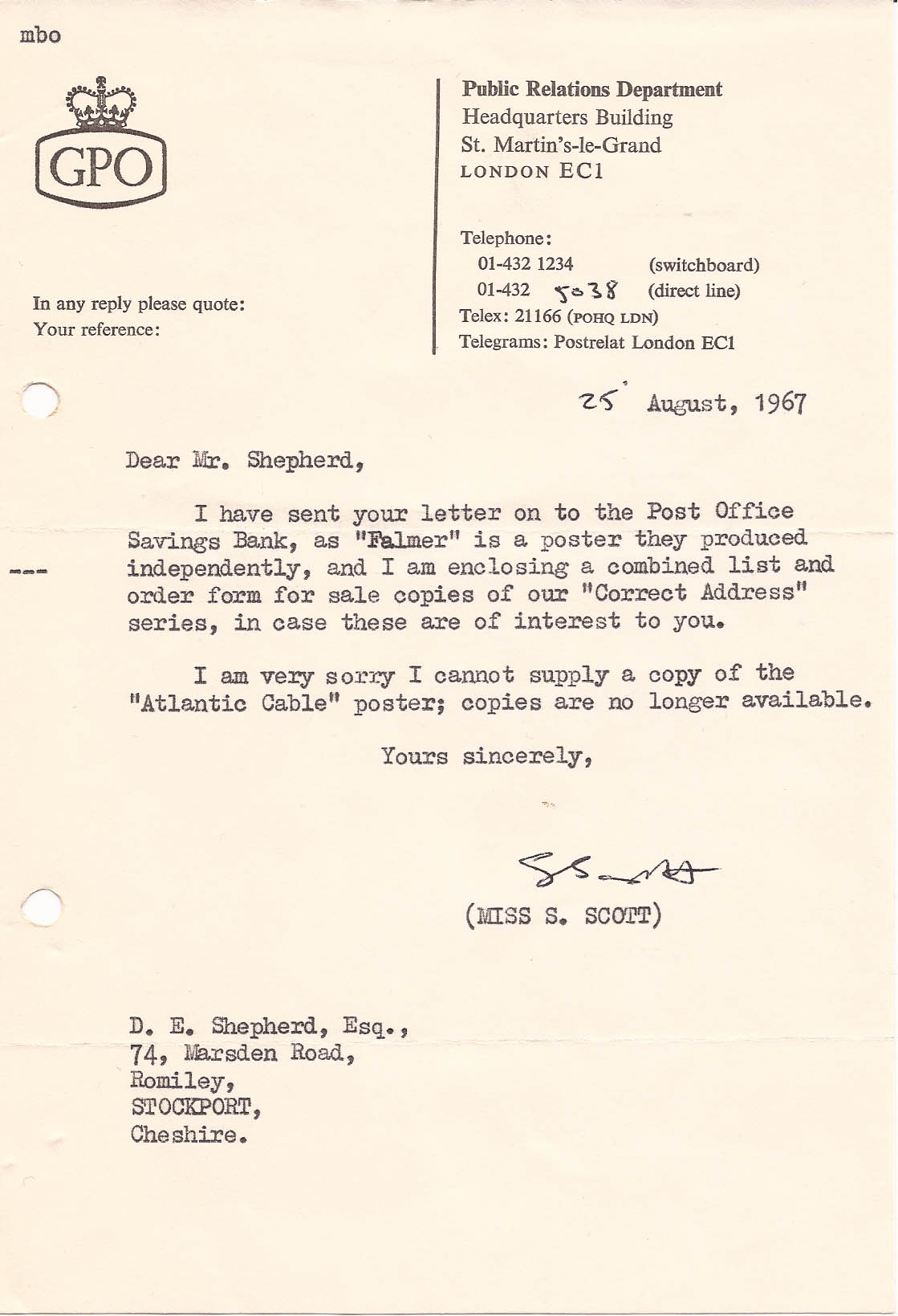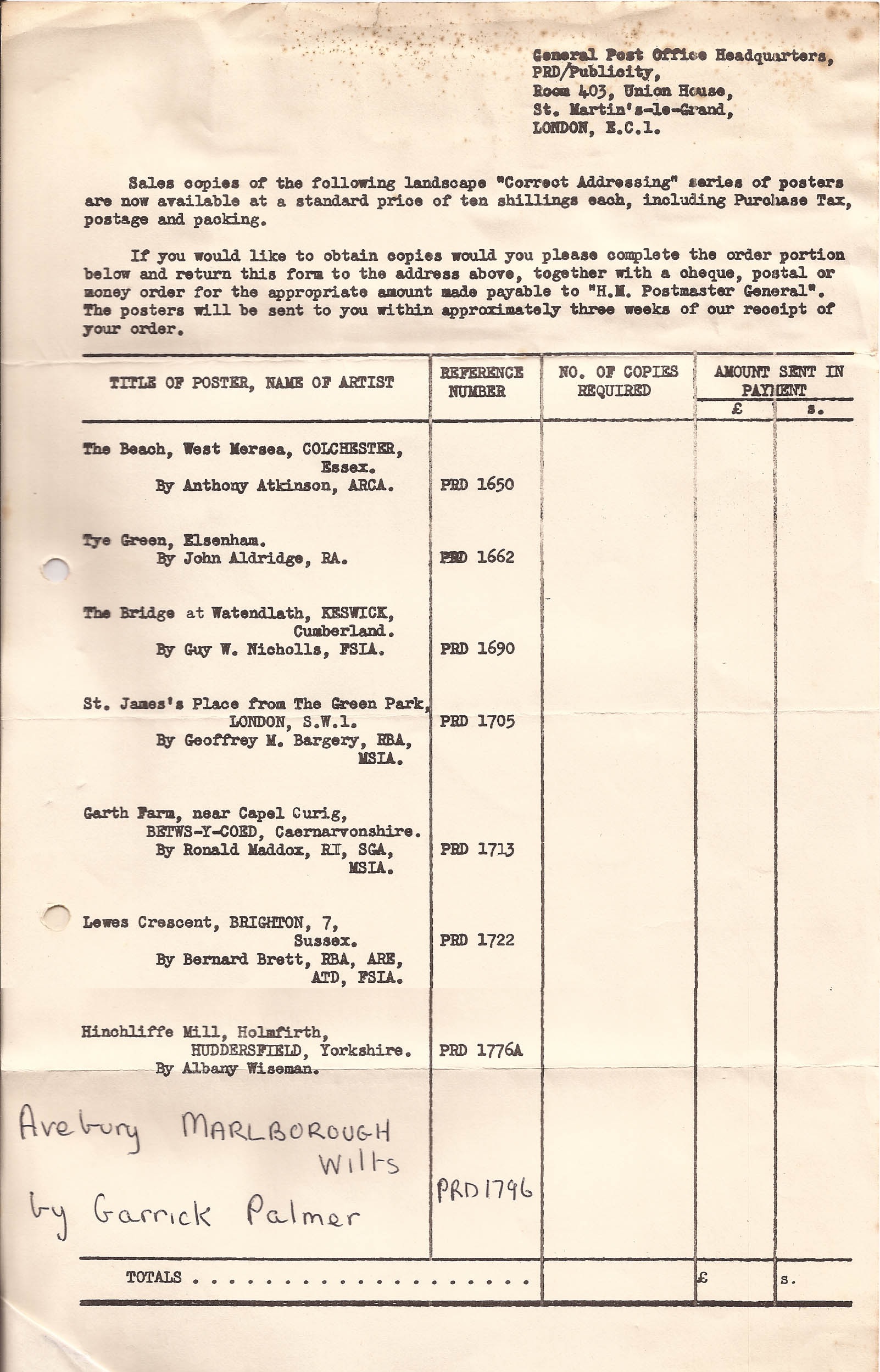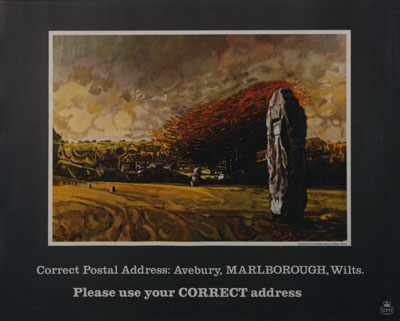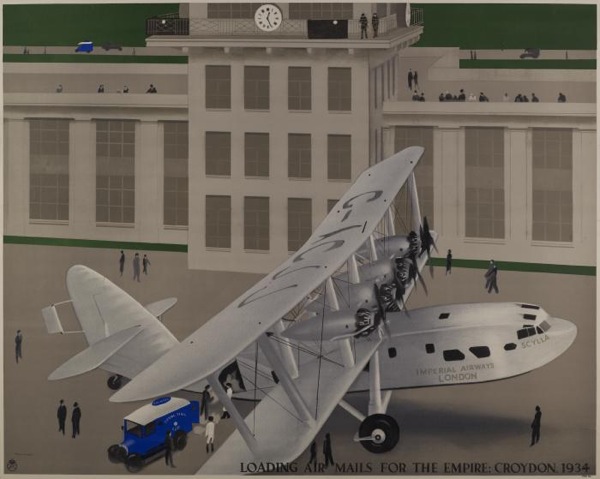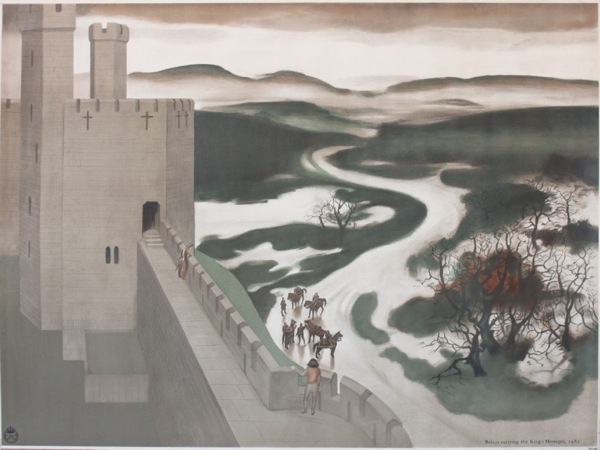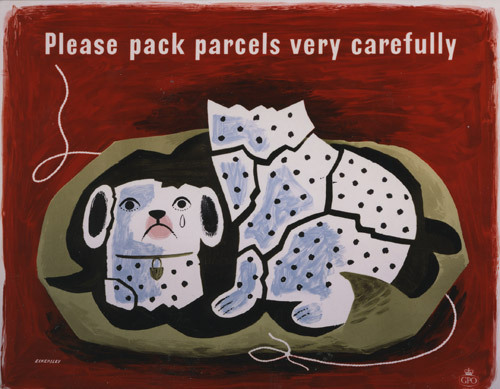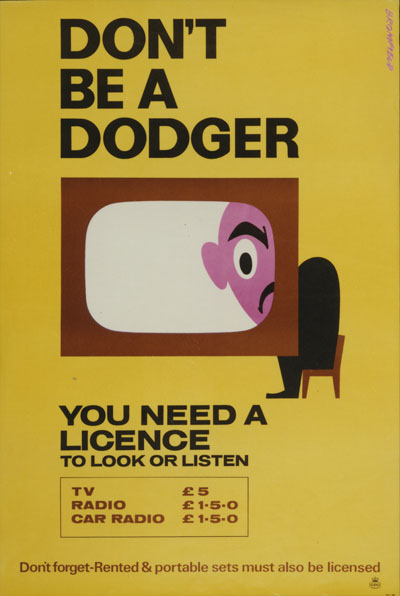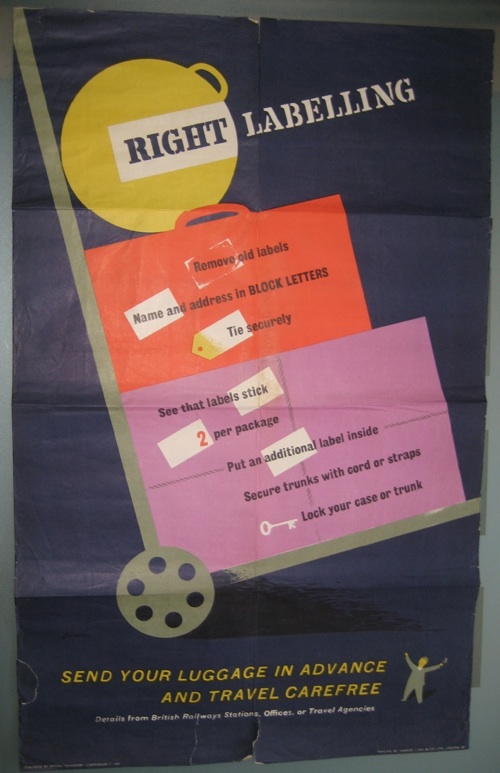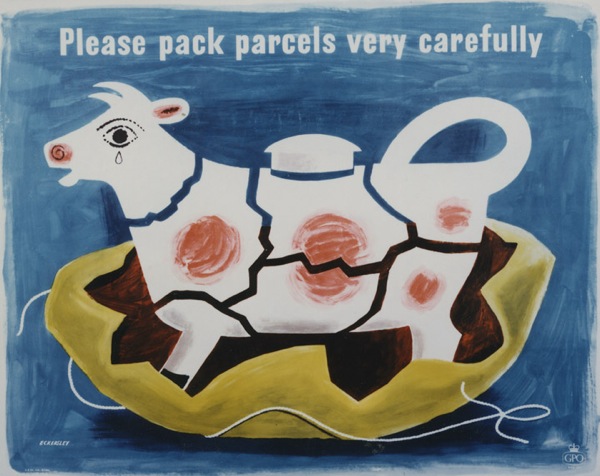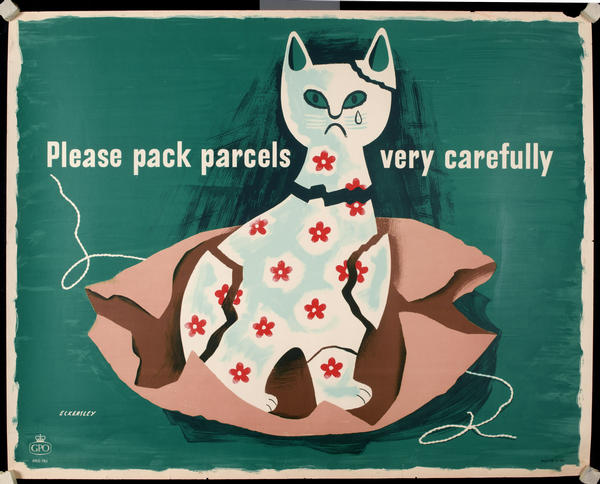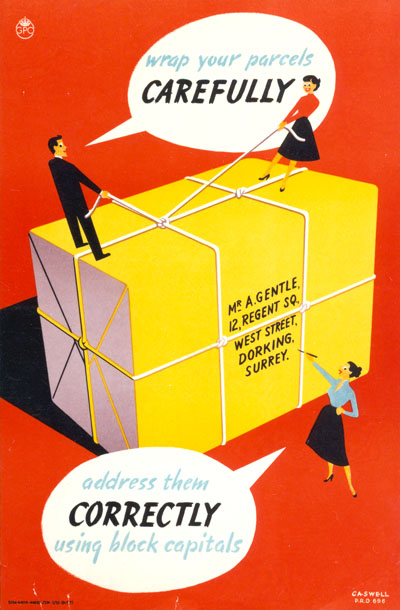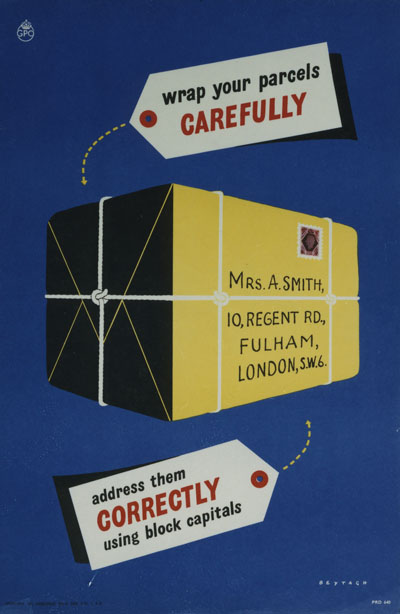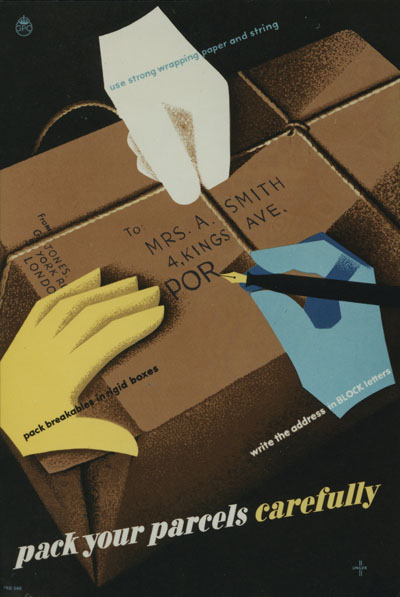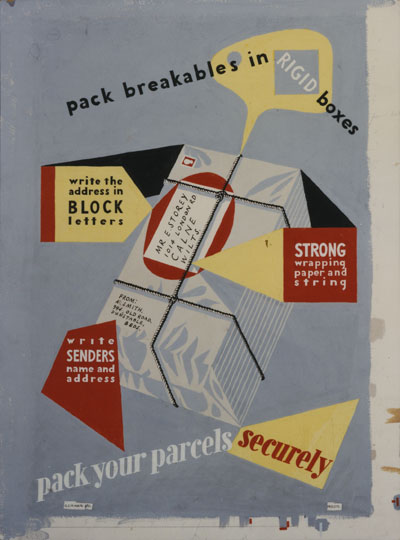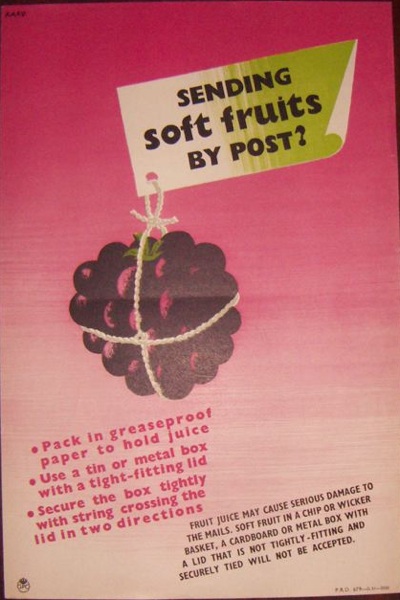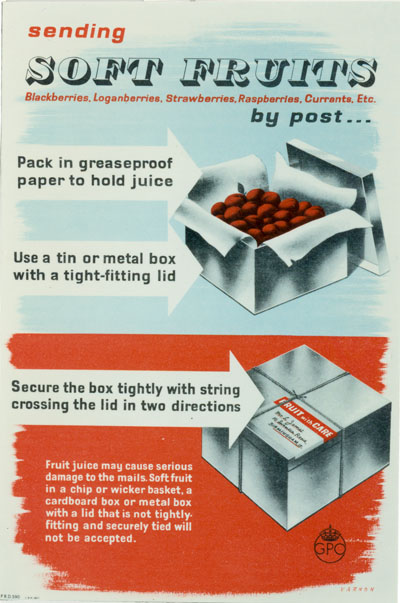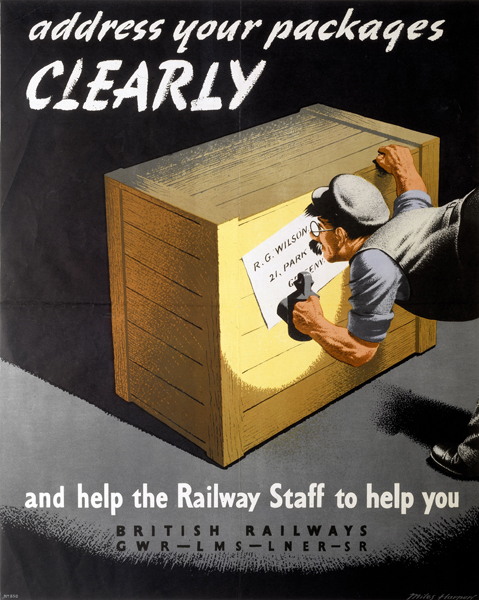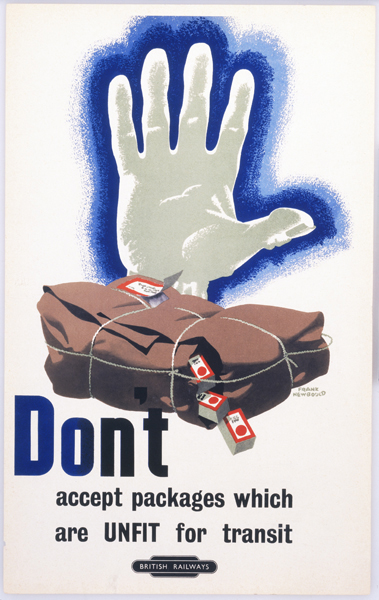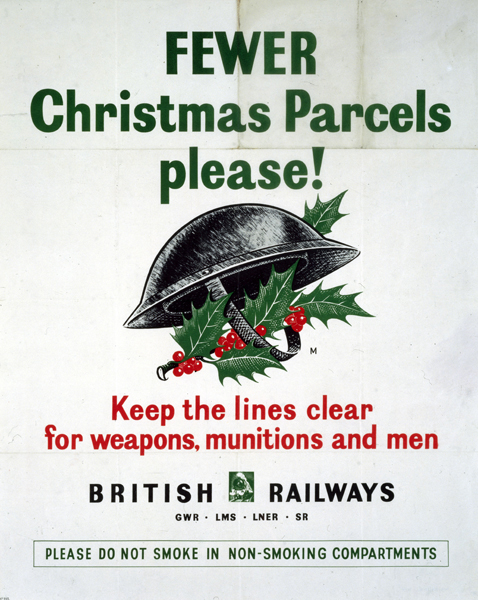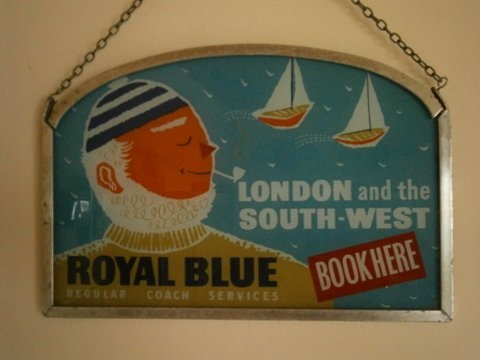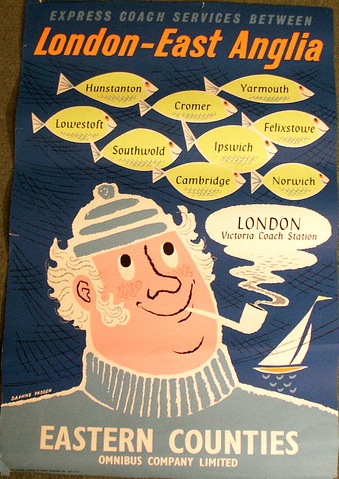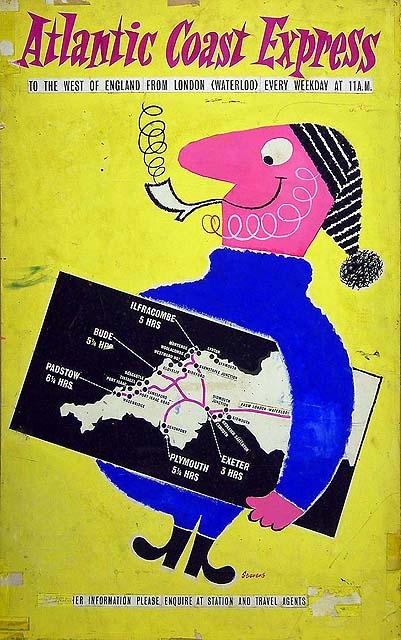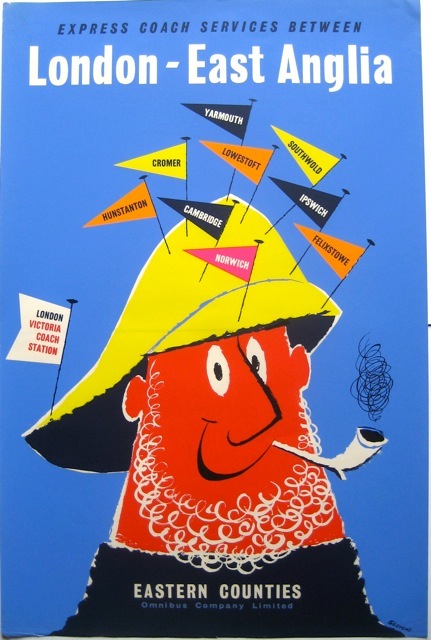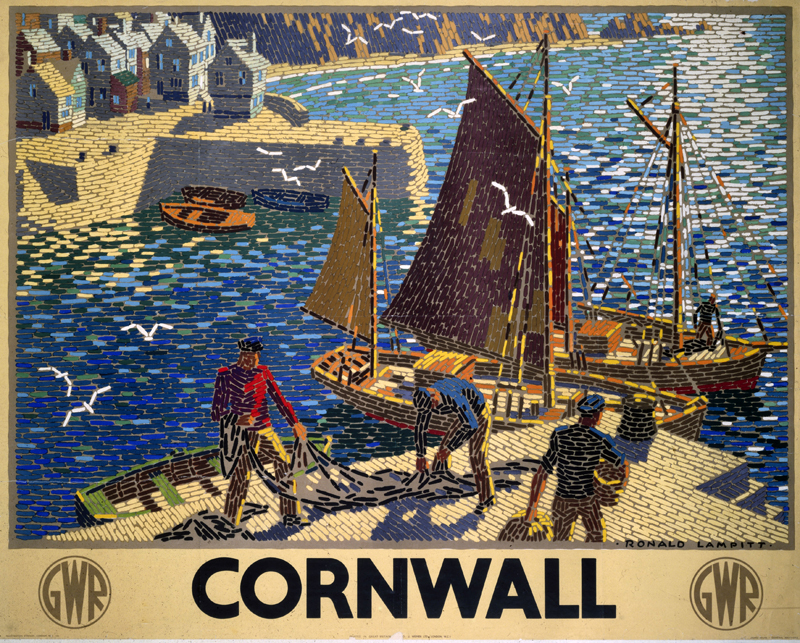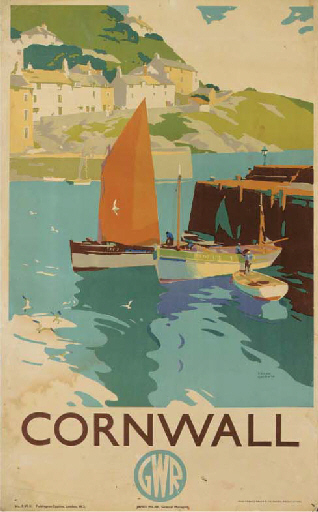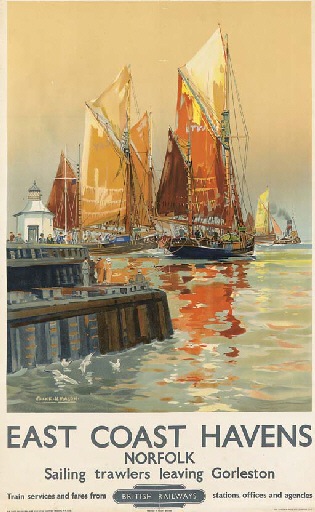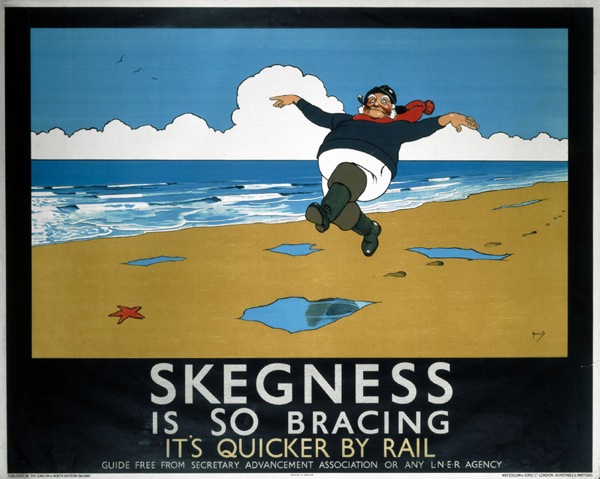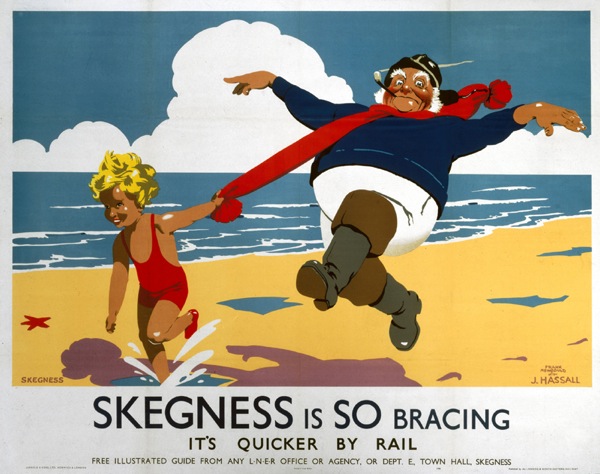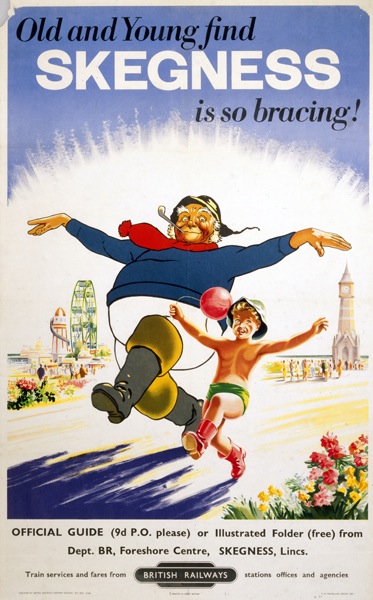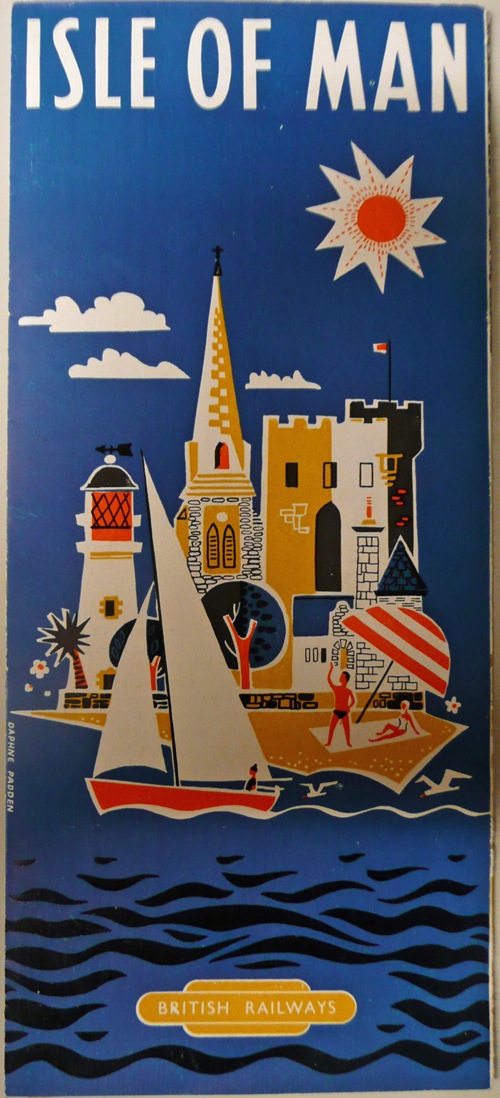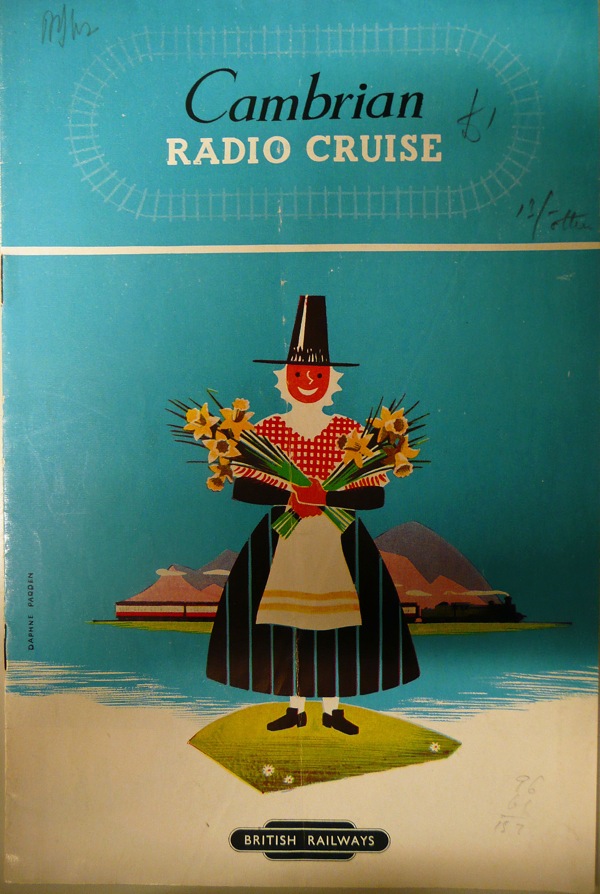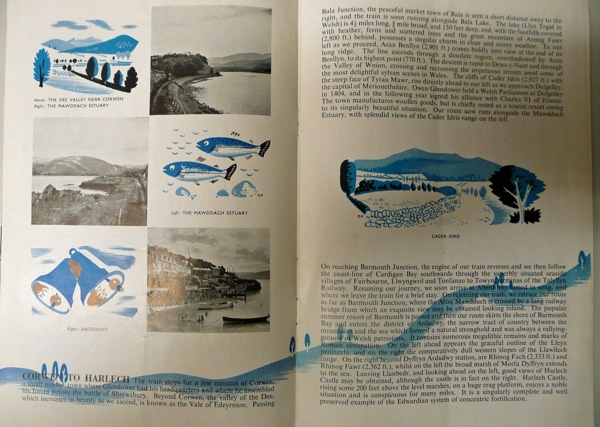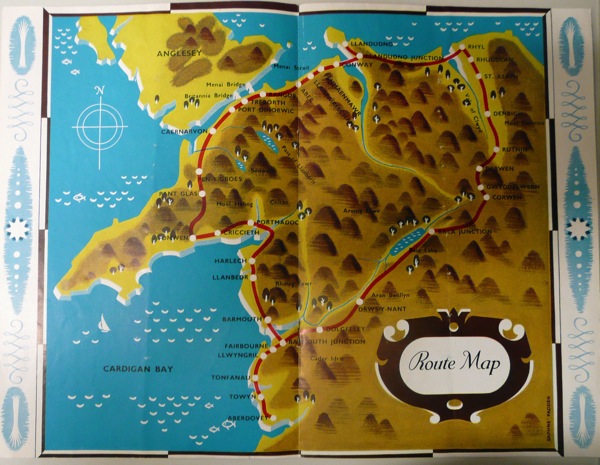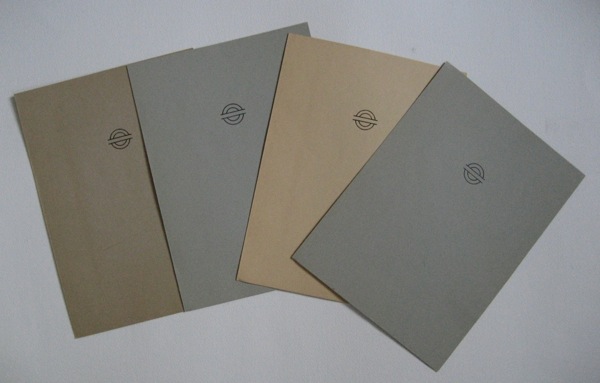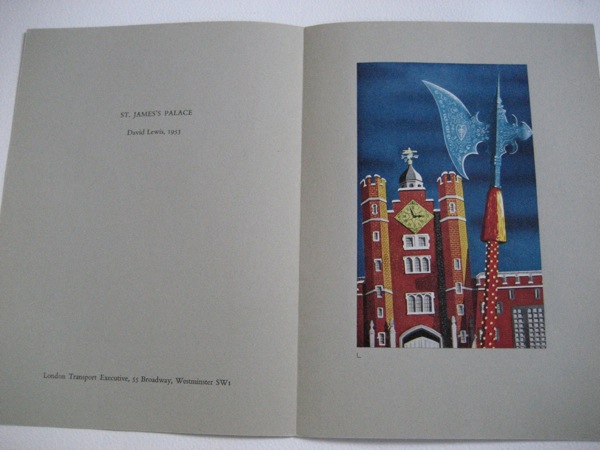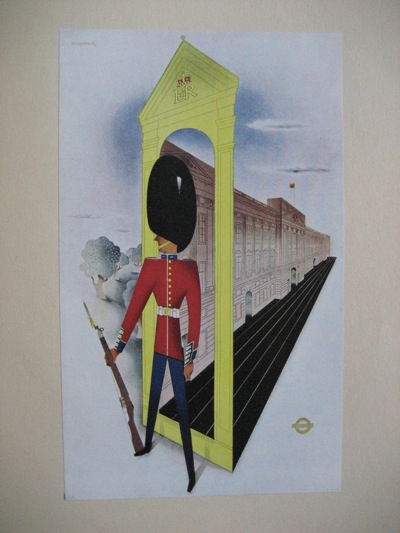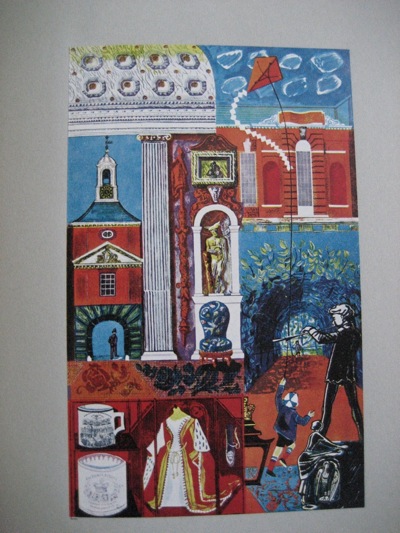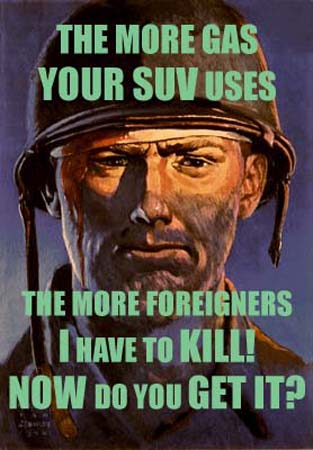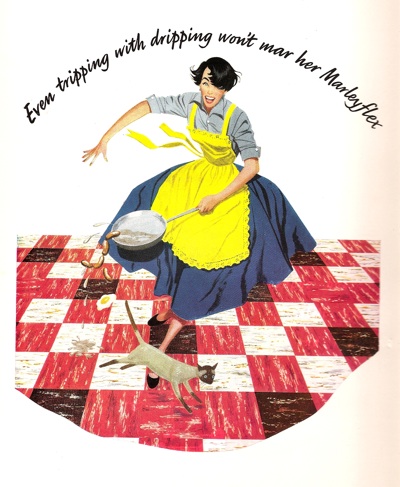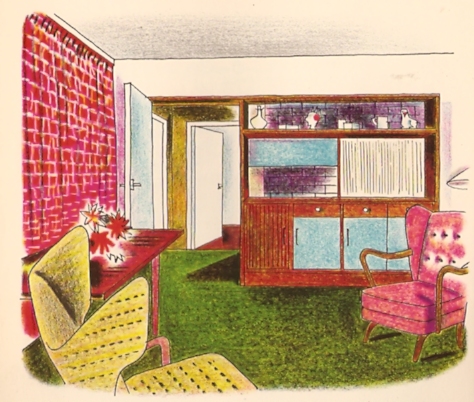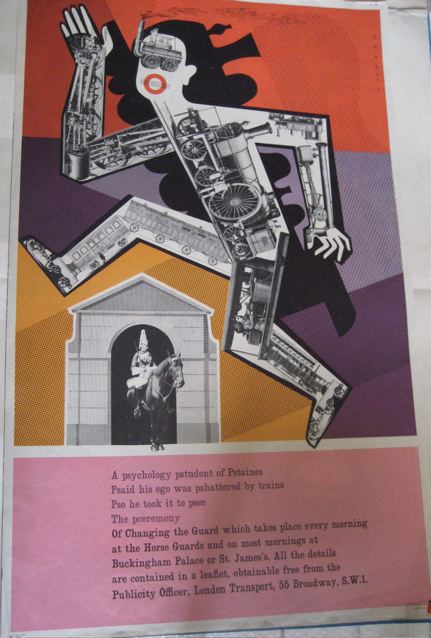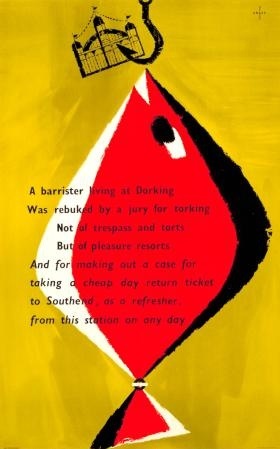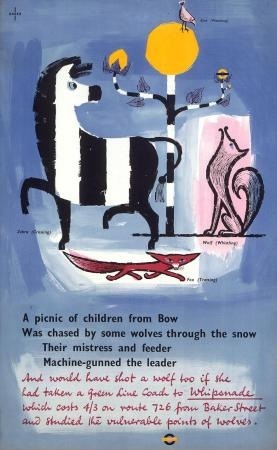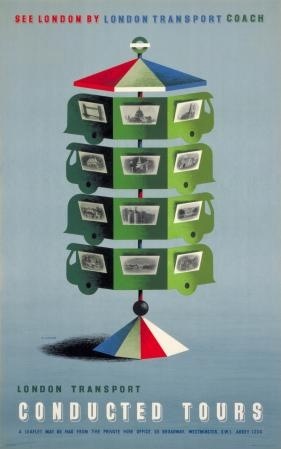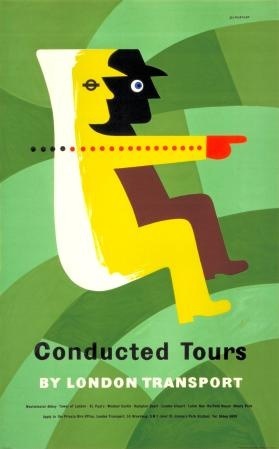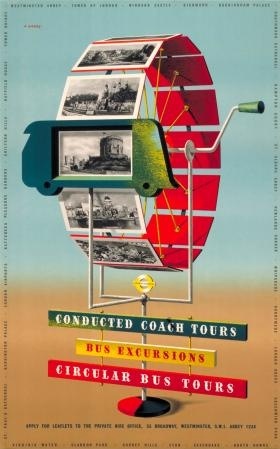Oh what an unprofitable war!
Hello everyone. My attendance really isn’t getting much better, is it? We’ll have OFSTED round soon if I’m not careful.
Anyway, I thought I’d better post something about last week’s poster event at the National Army Museum. Lots of people who know about posters spoke; more frighteningly, lots of people who knew about posters also sat in the audience. And for light relief after lunch, they all got me, rattling on and trying to fit everything I had to say about Home Front Posters into 40 odd minutes. There were some very odd minutes in there too.
Much of the content wouldn’t have come as much surprise to anyone who has been reading my posts on here, but the basic thesis was that most of our shorthand generalisations about Home Front Posters are wrong. That in itself isn’t exactly news, but it’s all too easy to imagine that all Second World War posters came out of a giant, all-powerful Ministry of Information determined to tell the public what to think. I think we have George Orwell to blame for that, but the truth was rather less like 1984, and, well, rather more shambolic and British.
Most obviously, posters didn’t just come from the Ministry of Information. In fact they came from everywhere but. To start with, the two biggest-spending government departments, the Ministry of Food and National Savings, didn’t bother with the MoI and made their own.
Then there were the London Transport posters…
…the GPO posters…
…the railway posters…
And that’s before we’ve even mentioned Abram Games’ posters produced for and by the Army.
Or RoSPA’s innumerable workplace safety posters.
But the reason I’m telling you this, is that one of the people who attended, Kirill Kalinin pointed me at some Home Front posters I hadn’t seen before, posters which were produced by private companies.
Now why, you might be asking, would private companies spend money on advertising during war, when everything was rationed, production was centralised and it was nigh-on impossible to buy anything inessential? It’s a good question, and the answer lies in taxation.
One of the prevailing views then about World War One was that large companies had profiteered from the war, and it had made the rich richer. So, at the start of World War Two, a tax of 100% was levied on any company whose profits rose above their pre-war levels.. Clearly there was no incentive to make any extra profits, and companies looked for ways to spend the money rather than give it to the government.
One easy thing to spend it on was advertising. Hence the pages and pages of adverts like this in every wartime newspaper and magazine, either for goods that were in such short supply that they didn’t need advertising or, quite often, weren’t available at all.
Despite the restrictions on paper use, a few posters were also made. I’d included this one in my talk.
I think this is a result of Tillings donating poster space in their coach stations to the war effort, although in the absence of any real archives it’s hard to tell.
But Kirill has now introduced me to these, which are produced by the Motor Industry Association, and which I’d never seen before.
I have no idea where they were displayed or anything about them at all.
They’re also interesting because they show the ironmongery of war, something which most Home Front posters, with the exception of National Savings, avoided almost entirely.
All of which pretty much proves my overall point from last Saturday, which was that whatever generalisation you make about Home Front posters, it’s always possible to find a poster to disprove it. So if you have any more oddities you’d like to point out, please send them this way.
And if you like the Motor Industry posters, Kirill has them for sale on his website.

